When it comes to choosing the right tile for your home, the options can be overwhelming. With so many materials, colors, and styles to choose from, it’s important to understand the differences between ceramic and porcelain tile before making a decision. Both ceramic and porcelain tiles are popular choices for flooring and wall applications, but they have distinct characteristics that set them apart. In this guide, we will explore the differences between ceramic tile and porcelain tile to help you make an informed decision for your next home improvement project. Composition and Manufacturing Process Ceramic tile and porcelain tile are both made from clay and other natural materials, but there are differences in their composition and manufacturing process that result in unique characteristics. Ceramic tile is made from a mixture of red or white clay that is formed into the desired shape and then fired in a kiln at high temperatures. The surface of ceramic tile is typically glazed to add color and durability. On the other hand, porcelain tile is made from a specific type of clay that is fired at even higher temperatures than ceramic tile. This high-temperature firing process results in a dense and durable tile that is less porous than ceramic tile. Porcelain tile is also through-bodied, meaning that the color and pattern run all the way through the tile, making it more resistant to chips and scratches. Durability and Maintenance One of the key differences between ceramic tile and porcelain tile is their durability. Porcelain tile is known for its strength and resistance to wear and tear, making it an ideal choice for high-traffic areas like kitchens, bathrooms, and entryways. The dense composition of porcelain tile also makes it less likely to chip or scratch, making it a low-maintenance option for homeowners.
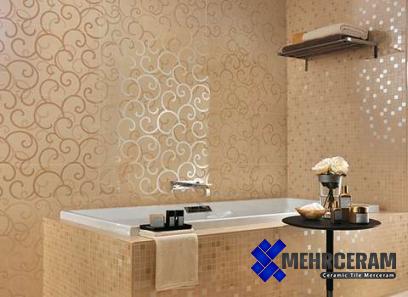
.
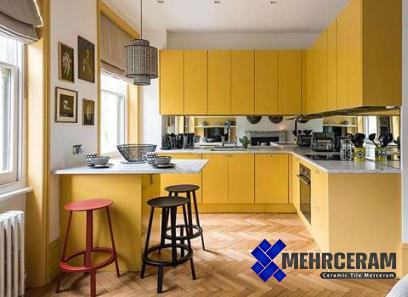 Ceramic tile, while still durable, is generally considered to be less resilient than porcelain tile. The glazed surface of ceramic tile may be more prone to chips and scratches over time, especially in areas with heavy foot traffic. However, ceramic tile is still a popular choice for homeowners looking for a budget-friendly option that offers a wide range of design possibilities. Water Absorption and Suitability Another important factor to consider when choosing between ceramic tile and porcelain tile is their water absorption rate. Porcelain tile has a very low water absorption rate, typically less than 0.5%, making it an excellent choice for areas that are exposed to moisture, such as bathrooms, kitchens, and outdoor spaces. The low water absorption rate of porcelain tile also makes it resistant to stains and mold, making it easy to clean and maintain. Ceramic tile, on the other hand, has a higher water absorption rate than porcelain tile, typically between 3-7%. While ceramic tile is still suitable for indoor use in areas with light moisture exposure, it may not be the best choice for wet areas like showers or outdoor spaces. Ceramic tile can absorb water and become stained or damaged if not properly sealed and maintained. Design Options and Aesthetics Both ceramic tile and porcelain tile offer a wide range of design options and aesthetics to suit any style or preference. Ceramic tile is available in a variety of shapes, sizes, colors, and patterns, making it a versatile choice for homeowners looking to create a custom look in their space. From sleek and modern subway tiles to intricate mosaics, ceramic tile offers endless design possibilities for any room in your home. Porcelain tile also comes in a variety of styles and finishes, including matte, polished, and textured options. The through-body composition of porcelain tile allows for more intricate designs and realistic patterns that mimic natural stone or wood. Porcelain tile is a popular choice for homeowners looking to achieve a high-end and sophisticated look in their space.
Ceramic tile, while still durable, is generally considered to be less resilient than porcelain tile. The glazed surface of ceramic tile may be more prone to chips and scratches over time, especially in areas with heavy foot traffic. However, ceramic tile is still a popular choice for homeowners looking for a budget-friendly option that offers a wide range of design possibilities. Water Absorption and Suitability Another important factor to consider when choosing between ceramic tile and porcelain tile is their water absorption rate. Porcelain tile has a very low water absorption rate, typically less than 0.5%, making it an excellent choice for areas that are exposed to moisture, such as bathrooms, kitchens, and outdoor spaces. The low water absorption rate of porcelain tile also makes it resistant to stains and mold, making it easy to clean and maintain. Ceramic tile, on the other hand, has a higher water absorption rate than porcelain tile, typically between 3-7%. While ceramic tile is still suitable for indoor use in areas with light moisture exposure, it may not be the best choice for wet areas like showers or outdoor spaces. Ceramic tile can absorb water and become stained or damaged if not properly sealed and maintained. Design Options and Aesthetics Both ceramic tile and porcelain tile offer a wide range of design options and aesthetics to suit any style or preference. Ceramic tile is available in a variety of shapes, sizes, colors, and patterns, making it a versatile choice for homeowners looking to create a custom look in their space. From sleek and modern subway tiles to intricate mosaics, ceramic tile offers endless design possibilities for any room in your home. Porcelain tile also comes in a variety of styles and finishes, including matte, polished, and textured options. The through-body composition of porcelain tile allows for more intricate designs and realistic patterns that mimic natural stone or wood. Porcelain tile is a popular choice for homeowners looking to achieve a high-end and sophisticated look in their space.
..
 Cost and Installation The cost of ceramic tile and porcelain tile can vary depending on the quality, style, and manufacturer. In general, porcelain tile tends to be more expensive than ceramic tile due to its higher manufacturing costs and durability. While ceramic tile is a more budget-friendly option, it may require more frequent maintenance and replacement over time compared to porcelain tile. When it comes to installation, both ceramic tile and porcelain tile require similar preparation and techniques. It is important to hire a professional installer who has experience working with the specific type of tile you choose to ensure a proper and long-lasting installation. While ceramic tile is generally easier to cut and install than porcelain tile, both options can be customized to fit any space or design layout. Conclusion: Making the Right Choice for Your Home In conclusion, both ceramic tile and porcelain tile offer unique benefits and characteristics that make them suitable for different applications in your home. Porcelain tile is a durable and low-maintenance option that is ideal for high-traffic areas and wet spaces, while ceramic tile provides a budget-friendly and versatile choice for homeowners looking to customize their space with a wide range of design options. When choosing between ceramic tile and porcelain tile, consider factors such as durability, water absorption, design options, cost, and installation to make the right decision for your home improvement project. Whether you prefer the sleek and modern look of porcelain tile or the customizable designs of ceramic tile, both options can enhance the beauty and functionality of your space for years to come. When deciding between ceramic tile and porcelain tile, it’s essential to assess the unique needs of your space and lifestyle. If you have a busy household with kids and pets, porcelain tile may be the better choice due to its durability and resistance to water damage.
Cost and Installation The cost of ceramic tile and porcelain tile can vary depending on the quality, style, and manufacturer. In general, porcelain tile tends to be more expensive than ceramic tile due to its higher manufacturing costs and durability. While ceramic tile is a more budget-friendly option, it may require more frequent maintenance and replacement over time compared to porcelain tile. When it comes to installation, both ceramic tile and porcelain tile require similar preparation and techniques. It is important to hire a professional installer who has experience working with the specific type of tile you choose to ensure a proper and long-lasting installation. While ceramic tile is generally easier to cut and install than porcelain tile, both options can be customized to fit any space or design layout. Conclusion: Making the Right Choice for Your Home In conclusion, both ceramic tile and porcelain tile offer unique benefits and characteristics that make them suitable for different applications in your home. Porcelain tile is a durable and low-maintenance option that is ideal for high-traffic areas and wet spaces, while ceramic tile provides a budget-friendly and versatile choice for homeowners looking to customize their space with a wide range of design options. When choosing between ceramic tile and porcelain tile, consider factors such as durability, water absorption, design options, cost, and installation to make the right decision for your home improvement project. Whether you prefer the sleek and modern look of porcelain tile or the customizable designs of ceramic tile, both options can enhance the beauty and functionality of your space for years to come. When deciding between ceramic tile and porcelain tile, it’s essential to assess the unique needs of your space and lifestyle. If you have a busy household with kids and pets, porcelain tile may be the better choice due to its durability and resistance to water damage.
…
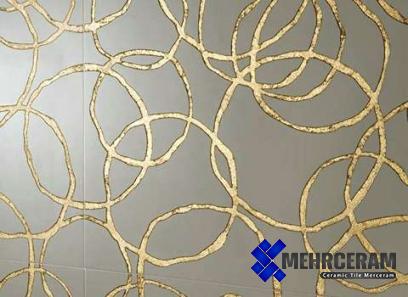 On the other hand, if you are looking for a cost-effective way to add personality and style to your home, ceramic tile offers a multitude of design possibilities without breaking the bank. It’s also important to consider the long-term investment when choosing between ceramic tile and porcelain tile. While porcelain tile may have a higher upfront cost, its durability and low maintenance requirements can save you money in the long run by reducing the need for frequent repairs and replacements. Ceramic tile, while more affordable initially, may require more upkeep and replacements over time, which can add up in terms of cost and inconvenience. Ultimately, the decision between ceramic tile and porcelain tile comes down to your personal preferences, budget, and the specific requirements of your space. By understanding the differences between these two popular tiling options and considering factors such as durability, water absorption, design options, cost, and installation, you can make an informed choice that meets your needs and enhances the beauty of your home. Whether you opt for the sleek sophistication of porcelain tile or the customizable charm of ceramic tile, both options have the potential to elevate the aesthetic appeal and functionality of any room in your home. With the right tile choice, you can create a space that reflects your style, withstands the demands of daily life, and stands the test of time. In conclusion, ceramic tile and porcelain tile each have their own distinct advantages and qualities that make them suitable for various applications in residential and commercial settings. By carefully weighing the factors outlined in this guide and considering your specific needs and preferences, you can select the perfect tile option for your next home improvement project. Whichever you choose, ceramic tile and porcelain tile are timeless and versatile choices that can transform your space into a beautiful and functional oasis for years to come.
On the other hand, if you are looking for a cost-effective way to add personality and style to your home, ceramic tile offers a multitude of design possibilities without breaking the bank. It’s also important to consider the long-term investment when choosing between ceramic tile and porcelain tile. While porcelain tile may have a higher upfront cost, its durability and low maintenance requirements can save you money in the long run by reducing the need for frequent repairs and replacements. Ceramic tile, while more affordable initially, may require more upkeep and replacements over time, which can add up in terms of cost and inconvenience. Ultimately, the decision between ceramic tile and porcelain tile comes down to your personal preferences, budget, and the specific requirements of your space. By understanding the differences between these two popular tiling options and considering factors such as durability, water absorption, design options, cost, and installation, you can make an informed choice that meets your needs and enhances the beauty of your home. Whether you opt for the sleek sophistication of porcelain tile or the customizable charm of ceramic tile, both options have the potential to elevate the aesthetic appeal and functionality of any room in your home. With the right tile choice, you can create a space that reflects your style, withstands the demands of daily life, and stands the test of time. In conclusion, ceramic tile and porcelain tile each have their own distinct advantages and qualities that make them suitable for various applications in residential and commercial settings. By carefully weighing the factors outlined in this guide and considering your specific needs and preferences, you can select the perfect tile option for your next home improvement project. Whichever you choose, ceramic tile and porcelain tile are timeless and versatile choices that can transform your space into a beautiful and functional oasis for years to come.



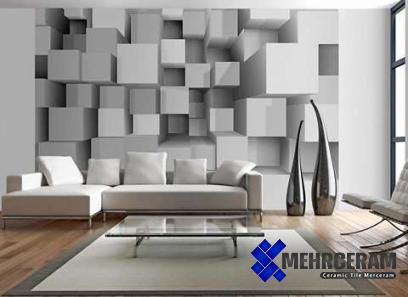
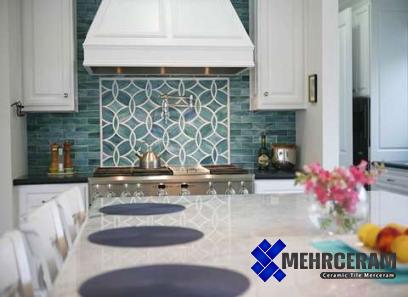
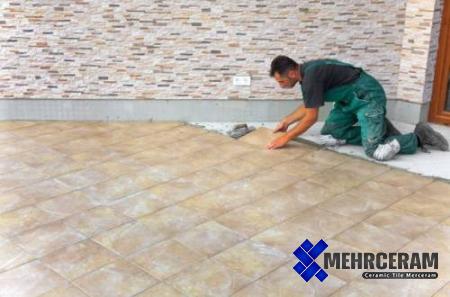

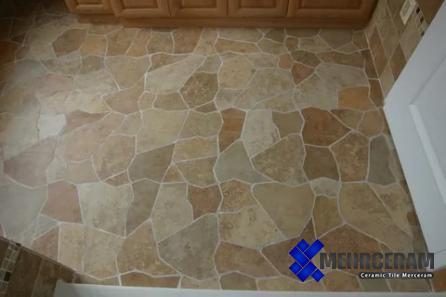

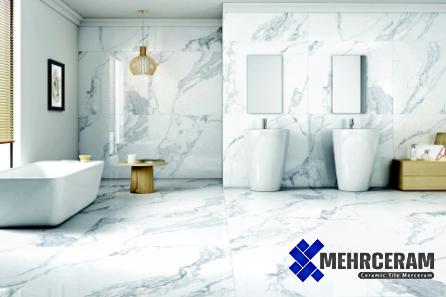
Your comment submitted.